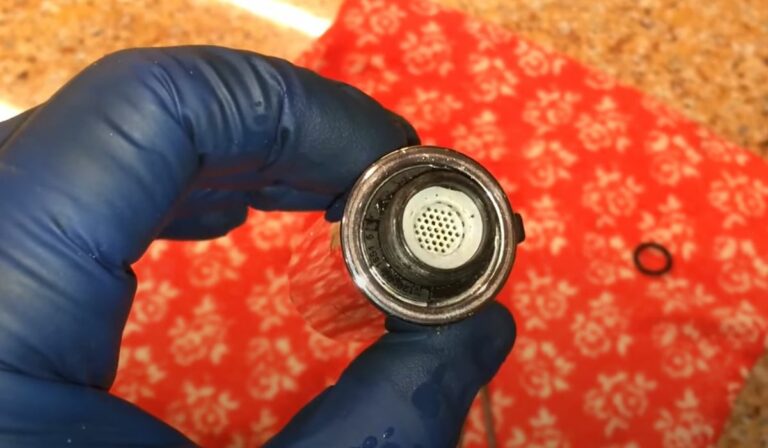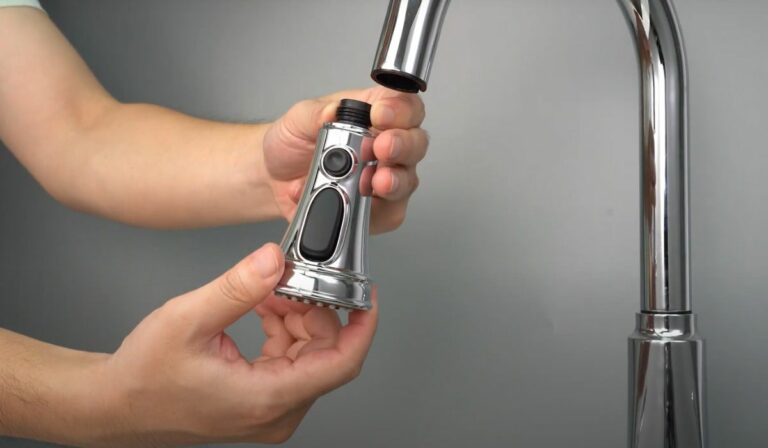How To Strip Paint From Kitchen Cabinets
Stripping paint from kitchen cabinets can transform your space, revealing beautiful wood grain or prepping cabinets for a fresh new finish. But stripping old paint isn’t always straightforward, it requires choosing the right method, understanding safety precautions, and careful preparation. In this guide, you’ll learn how to effectively strip paint from your kitchen cabinets with confidence, whether you prefer chemical, natural, or manual techniques. By the end, you’ll be ready to refresh your cabinets without the headaches that often come with paint removal.
Choosing The Right Paint Stripping Method
Selecting the best paint stripping method depends on your cabinet material, the number of paint layers, and how much effort you’re willing to invest. Chemical strippers work fast and are effective on multiple coats but require careful handling due to their strong chemicals. If you prefer something gentler, natural and eco-friendly options, like soy-based strippers or citrus gels, can do the job with less odor and fewer toxins, though they may take a bit longer.
Manual methods such as sanding and scraping offer precise control and minimize chemical exposure but demand more time and elbow grease. Consider the finish you want: if you’re trying to keep the wood intact and smooth, chemical strippers followed by gentle sanding often give the best results. For painted laminate or less delicate surfaces, sanding might be your straightforward choice. Choosing wisely upfront saves frustration and helps you preserve the quality of your cabinets.
Safety Precautions When Stripping Paint
Safety is paramount when stripping paint, especially with chemical products. Always work in a well-ventilated area to avoid inhaling fumes. Wear protective gear like gloves, goggles, and a respirator mask rated for organic vapors if you’re using powerful strippers.
Keep your workspace free of clutter to prevent accidents, and always test a small inconspicuous area first to ensure the product won’t damage the wood. If you’re working indoors, cover nearby surfaces with drop cloths to catch drips and debris. Finally, never mix chemical strippers or use near open flames, as many are flammable. Taking these precautions helps you protect yourself and your home from hazards during your paint removal project.
Preparing Kitchen Cabinets For Paint Removal
Before diving into paint removal, proper preparation ensures smoother progress and better results.
Using Chemical Paint Strippers Effectively
Start by removing cabinet doors, drawers, and hardware. Lay them flat on a workspace protected by plastic or cardboard. Apply the chemical paint stripper according to the manufacturer’s instructions, typically using a brush to spread an even coat. Allow it to sit and activate, this can be anywhere from 15 minutes to several hours depending on the product. Then, gently scrape off softened paint with a plastic or metal scraper, taking care not to gouge the wood.
Natural And Eco-Friendly Paint Removal Options
If you prefer natural methods, look for soy-based, citrus, or gel strippers that lift paint out without harsh solvents. These often require longer dwell times and may need multiple applications. Apply these the same way as chemical strippers and check frequently so you don’t overwork the wood.
Manual Methods: Sanding And Scraping Techniques
For a chemical-free route, use sandpaper starting with a coarser grit (around 80 or 100) to remove paint, then progress to finer grits (150 to 220) to smooth the surface. A sanding block or an orbital sander helps keep the finish even. Scrapers and putty knives can assist with stubborn spots but be gentle to avoid damaging the cabinet surface. Manual methods demand patience but can be highly effective on smaller projects or delicate wood.
Handling Stubborn Paint And Multiple Layers
When dealing with multiple paint layers or tough, chipped paint, you might need to combine methods to succeed. Start with a chemical stripper to loosen thick layers, then gently scrape away the bulk. For especially stubborn areas, repeat the application rather than forcing it, which can damage the wood.
Sanding afterward smooths out any leftover residue and preps the surface for repainting. If you encounter lead-based paint on cabinets installed before 1978, it’s essential to hire professionals due to health risks. Tackling stubborn paint takes patience and care, rushing will only make the job harder and risk ruining your cabinets.
Cleaning And Smoothing Cabinets After Paint Removal
Once the paint is stripped, clean your cabinets to remove all stripper residue and dust. Use a mild detergent mixed with warm water and a soft cloth, then rinse thoroughly with clean water. For chemical stripper use, wiping down with mineral spirits can help remove any remaining film.
After cleaning, inspect the surface for rough patches. Light sanding with fine-grit sandpaper (220 grit) will smooth the wood and prepare it for primer or paint. At this stage, pay attention to edges and corners where paint tends to cling. A smooth, clean surface ensures better adhesion and a professional-looking finish when you repaint or stain.
Repairing Damages And Preparing Cabinets For Repainting
Stripping paint often reveals dents, scratches, or gouges that were hidden beneath. Use wood filler or putty to repair any imperfections. Apply it with a putty knife, smooth it out, and let it dry completely according to product instructions.
Once dry, sand repaired areas again with fine-grit sandpaper until flush with the surrounding surface. Vacuum and wipe down to remove dust. Now your cabinets are primed for painting or staining. If painting, apply a quality primer first, this ensures even color and durability. Proper repair and prep work are the secrets to a flawless final look that lasts.
Tips For A Successful Paint Stripping Project
Here are some expert tips to help your project run smoothly:
- Test your chosen stripper on a hidden area first to check how the wood responds.
- Work in manageable sections to avoid stripper drying before paint removal.
- Use plastic scrapers instead of metal ones to minimize gouging.
- Protect your workspace and yourself with drop cloths and proper safety gear.
- Be patient, rushing can damage your cabinets.
- Have good lighting to spot missed spots or uneven surfaces.
- Consider renting a palm sander to speed up sanding for larger cabinet sets.
Remember, preparation and patience pay off with beautiful, professionally refreshed cabinets.
Conclusion
Stripping paint from your kitchen cabinets is a rewarding way to breathe new life into your kitchen and customize your space exactly how you want it. Whether you opt for chemical strippers, eco-friendly alternatives, or manual sanding, understanding the process and necessary precautions sets you up for success. By properly preparing your cabinets, handling tough paint layers with care, and finishing with thorough cleaning and repairs, your cabinets will be ready to impress with their fresh new finish. Take your time, follow these guidelines confidently, and enjoy the transformation that comes with careful, informed paint removal.


